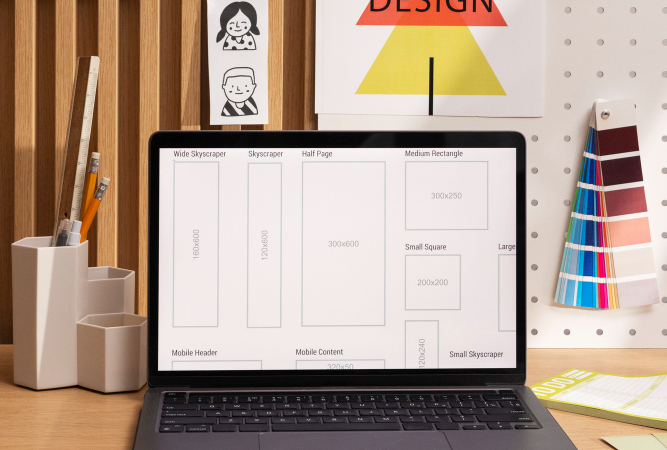Graphic Design Course Duration: Insights into Depth
Share

With the increasing demand for skilled graphic designers in various industries, many individuals are considering pursuing a graphic design course to enhance their skills or embark on a new career path. However, one of the key considerations when selecting a graphic design course is its duration. In this comprehensive insight, we will delve into the depths of graphic design course duration.
Understanding the Importance of Graphic Design Course Duration
The duration of a graphic design course plays a crucial role in shaping the learning experience and ultimately the skillset acquired by the student. A well-designed graphic design course duration allows for a balanced curriculum that covers both theoretical knowledge and practical application. It provides students with sufficient time to grasp the fundamental concepts of graphic design, explore various design techniques, and develop their creative abilities.
Moreover, the duration of a graphic design course also determines the depth of knowledge and expertise one can attain. A longer course duration allows for a more comprehensive exploration of advanced design principles, specialized software, and industry practices. On the other hand, a shorter course duration may focus more on the basics, providing a solid foundation but potentially limiting the depth of knowledge in certain areas.
Pros and Cons of Short-term Graphic Design Courses
Pros:
- Quick and intensive learning experience
- Ideal for acquiring specific design skills or enhancing existing knowledge
- Focused and condensed curriculum allows for rapid skill acquisition
- Suitable for individuals looking to upskill quickly or transition into a graphic design career
Cons:
- Limitations in depth and breadth of knowledge due to the limited duration
- Certain advanced design concepts and specialized techniques may not be covered extensively
- Limited practice and hands-on experience may hinder mastery of graphic design
Pros and Cons of Long-term Graphic Design Courses:
Pros:
- Comprehensive and in-depth learning experience spanning several months or years
- Extensive practice and hands-on learning opportunities
- Opportunity to experiment with different design techniques and receive feedback
- Broad curriculum covering various design styles, typography, color theory, branding, etc.
- Requires a significant time commitment
- May not be suitable for individuals seeking a quick career change or with time constraints
Cons:
Exploring Flexible Graphic Design Course Duration Options
In the realm of graphic design course, the duration of a course plays a vital role in shaping the depth of knowledge and skill acquisition. However, it’s essential to recognize that students have diverse needs and preferences when it comes to the timeframe of their education. Let’s explore some flexible course duration options that cater to different learning styles and schedules:
- Part-Time and Evening Courses: Graphic design schools often offer part-time or evening courses to accommodate students who have work or other commitments during the day.
- Modular Learning: Modular learning breaks down the curriculum into smaller, manageable modules that students can complete at their own pace.
- Online Learning: With the rise of online education, many graphic design schools now offer online courses that provide flexibility in both time and location. Students can study from anywhere with an internet connection, allowing them to balance their education with other responsibilities.
- Customized Programs: Some institutions offer customized programs where students can design their own course duration based on their specific goals and requirements.
- Course Level: The level of the graphic design course, such as beginner, intermediate, or advanced, can impact its duration. Higher-level courses often require more in-depth learning and practical assignments, leading to longer course durations.
- Curriculum Complexity: The complexity of the curriculum and the number of topics covered can also affect the course duration.
- Learning Format: Full-time courses typically have shorter durations as students can dedicate their entire day to learning, whereas part-time or online courses may span over a longer period to accommodate other commitments.
- Practical Assignments: Graphic design courses often include practical assignments and projects to reinforce learning. The time required to complete these assignments can impact the overall course duration.
Factors that Influence Graphic Design Course Duration
The duration of a graphic design course can vary depending on several factors. Some of the key factors that influence graphic design course duration include:
In conclusion, the duration of a graphic design course is a significant factor to consider when embarking on a learning journey in this field. It determines the depth of knowledge, practical experience, and skillset acquired by the student. Short-term courses offer accessibility and a rapid acquisition of basic skills, while long-term courses provide extensive practice and a comprehensive understanding of graphic design principles.
By understanding the different types of graphic design courses available and their typical durations, students can make an informed decision that aligns with their career aspirations and learning preferences.

